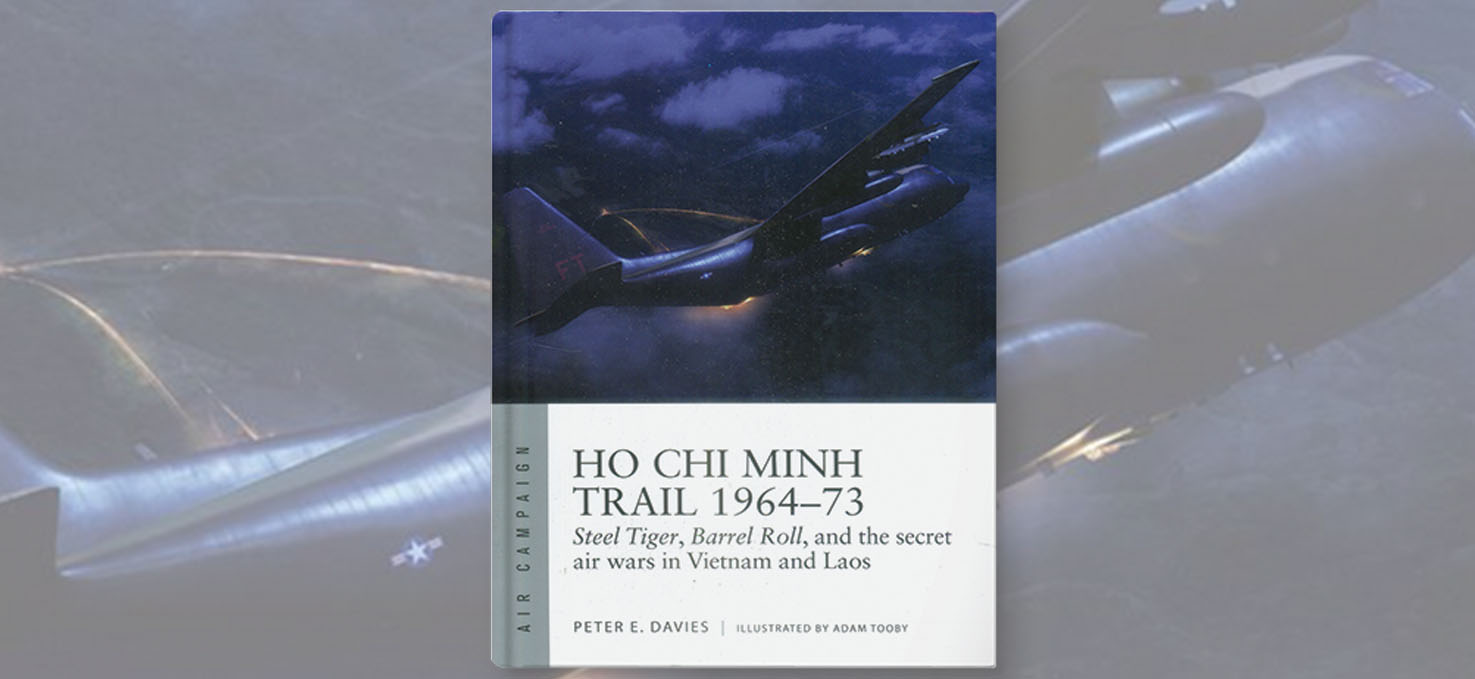In the mid-1960s North Vietnamese Army troops were sent into South Vietnam to supplement the communist Viet Cong guerrillas. By June 1968, in the wake of the Tet Offensive, which was disastrous for the Viet Cong, the NVA numbers had risen to about 100,000, achieving a more significant presence than their beleaguered southern comrades-in-arms. Most of the NVA troops and equipment arrived via a network of vehicular roads and bicycle paths that ran partly through Laos and came to be called the Ho Chi Minh Trail.
American forces believed they could thwart NVA advances by cutting off the supply routes along the Ho Chi Minh Trail. That strategy led to the “secret war” in northern Laos, an officially neutral country. In Operation Barrel Roll, CIA operatives and local mercenaries targeted the Laotian road networks. They were supported by elderly A-26A Invader bombers and T-28 Trojan attack planes, whose slow speed made them more effective than jets.
Farther down the trail in the south, Steel Tiger sought to disrupt the enemy traffic using technology, including electronic sensors dropped throughout the area and monitored by aircraft. Also deployed were minigun-equipped strafers such as the AC-47 Spooky, AC-119 Shadow and AC-130.
In Ho Chi Minh Trail 1964-73, Peter E. Davies explores the variety of weaponry developed to stop the NVA infiltration, as well as the special hazards encountered by hunters and prey alike in what became a deadly cat-and-mouse game. He also explains why the campaign ultimately failed and yet—as with so much technology tested in Vietnam—left behind a formidable arsenal of techno-weaponry still used effectively today. V
This post contains affiliate links. If you buy something through our site, we might earn a commission.
This article appeared in Vietnam magazine. For more stories from Vietnam magazine, subscribe and visit us on Facebook:






